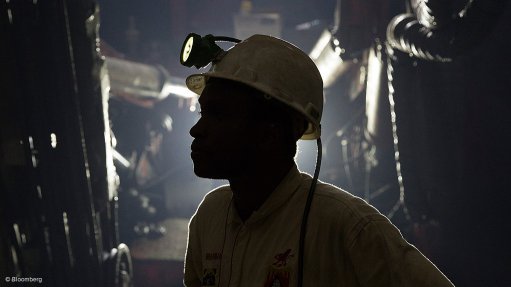
JOHANNESBURG (miningweekly.com) – Dust monitoring results from Queensland’s underground coal mines are now available online for the first time.
Natural Resources and Mines Minister Dr Anthony Lynham said on Friday the results – found on the Department of Natural Resources and Mines website – would be published quarterly as part of the reforms to tackle coal workers’ pneumoconiosis, or black lung.
“Transparency is important, and now these dust levels are available to workers, their families and coal mining communities,” Lynham said.
The results are for the first quarter of 2017. Legislation prevents specific mines being identified.
The results show that all coal operators are keeping dust levels below the regulatory exposure limit, of 3 mg/m3, with averages below 1.5 mg/m3.
Lynham said the data showed a steady decrease in average dust levels over the past 12 months and he acknowledged the shared response to coal workers’ pneumoconiosis by industry and unions.
Publishing the data is the latest in a suite of reforms flowing from the Monash University review announced in January last year.
The review recommended a range of reforms to Queensland’s coal mine workers’ health scheme.
In July last year, Lynham announced a plan with industry, unions and the medical profession to implement the reforms.
Since then, coal miners’ compulsory chest X-rays have been assessed at least twice, firstly by an Australian radiologist and then by US-based experts. By the end of this year, the dual reading of chest X-rays will transition to Australian B-reader qualified radiologists with support from the US.
From January this year, retiring coal miners can request an exit medical. A Bill has been introduced to Parliament to provide medical examinations and chest X-rays to former coal mine workers who have retired or left the industry before January 1, 2017.
By the end of the year, coal mine workers will have world-class lung function tests, with new standards to set out clear requirements for medical practices conducting the tests, including training for staff members, spirometry testing and interpretation, spirometry equipment, and quality control.
A training programme is to be developed for doctors, with a register to be established of accredited doctors, medical providers and clinics to undertake health examinations, lung function tests, and take and interpret chest x-rays.
Global professional services firm Ernst and Young will audit the reformed scheme, including medical providers and clinics on the medical register
Lynham urged any coal mine worker with concerns about their health to talk to their doctor.
Coal workers’ pneumoconiosis, or “black lung”, is caused by long-term exposure to respirable coal dust.
A total of 22 confirmed cases of black lung have reported to the Department of Natural Resources and Mines since May 2015.